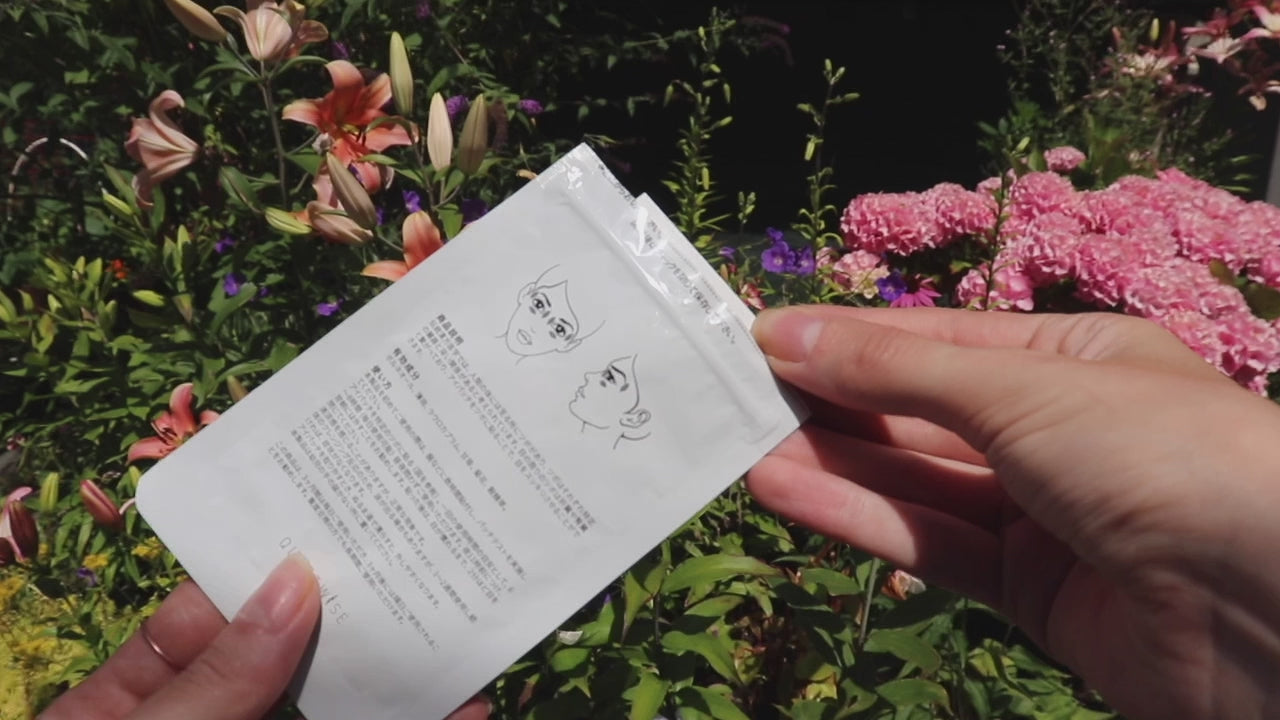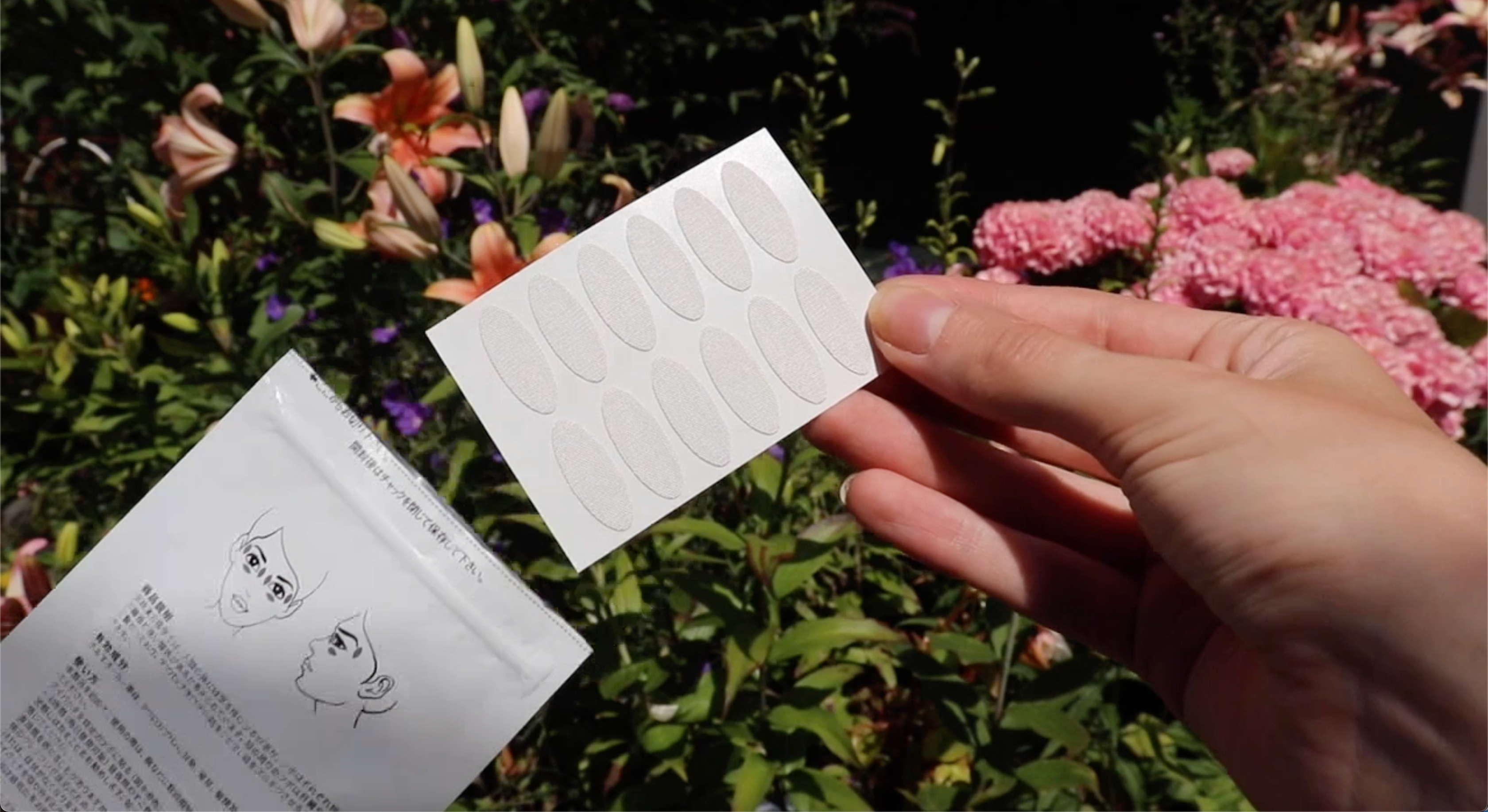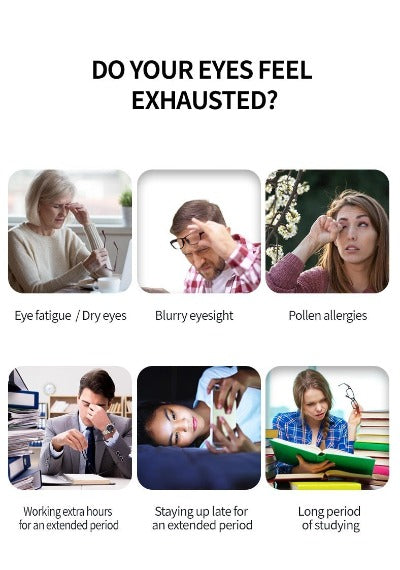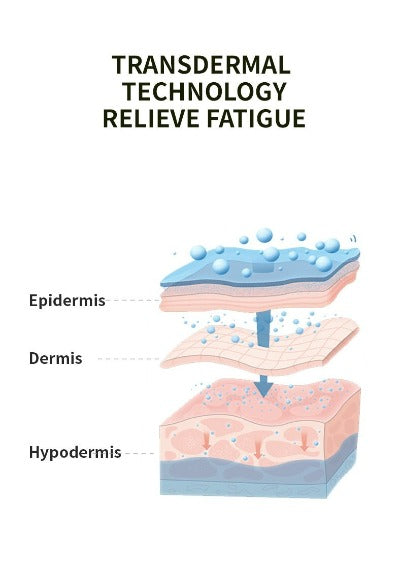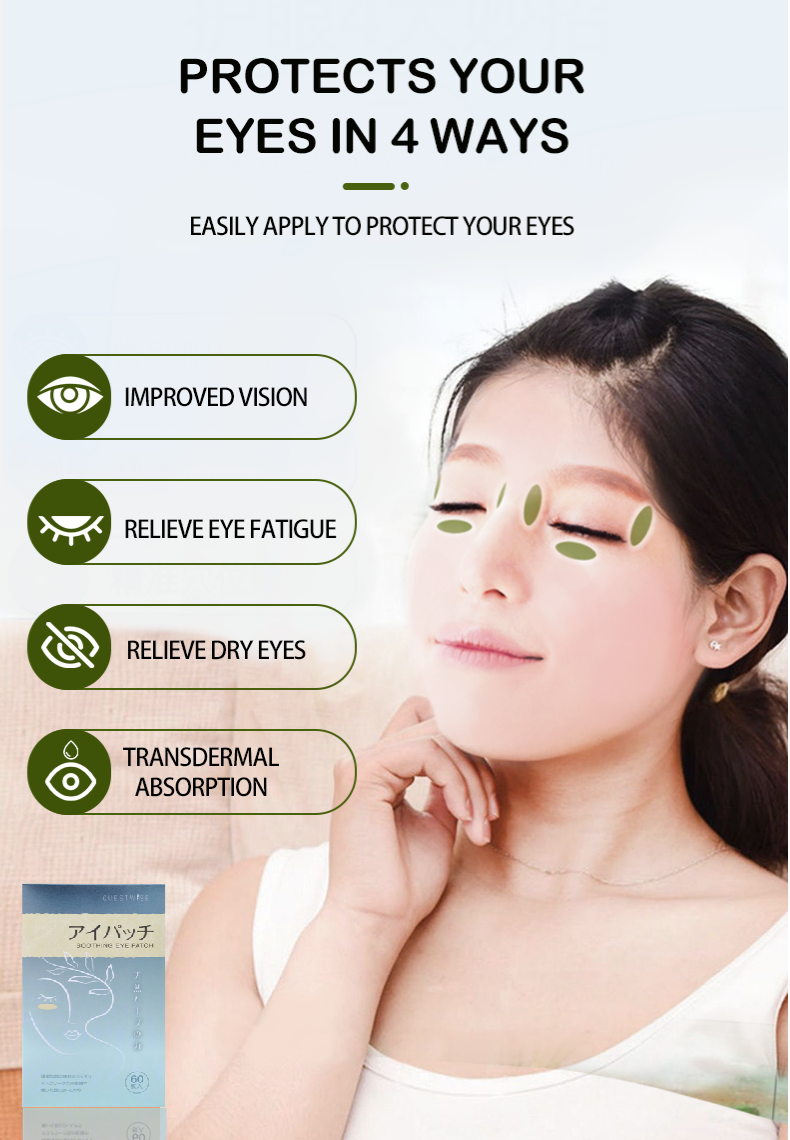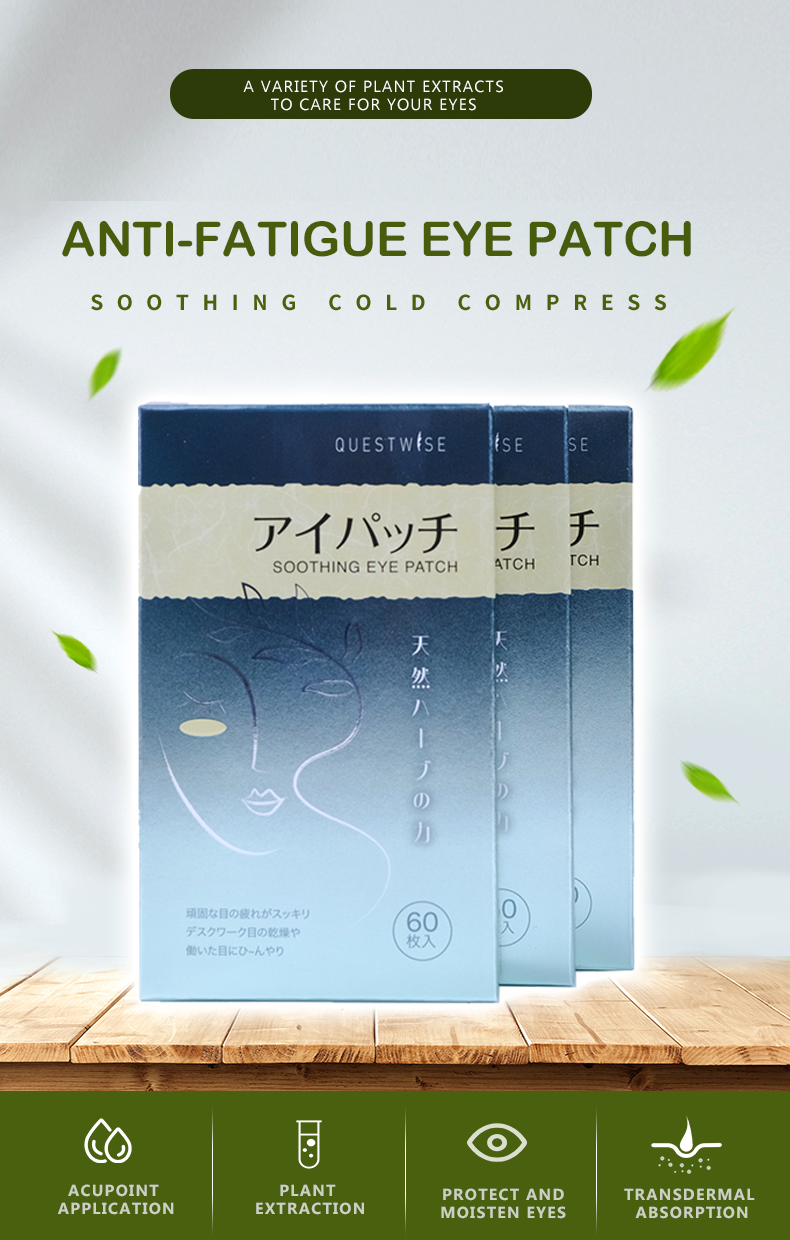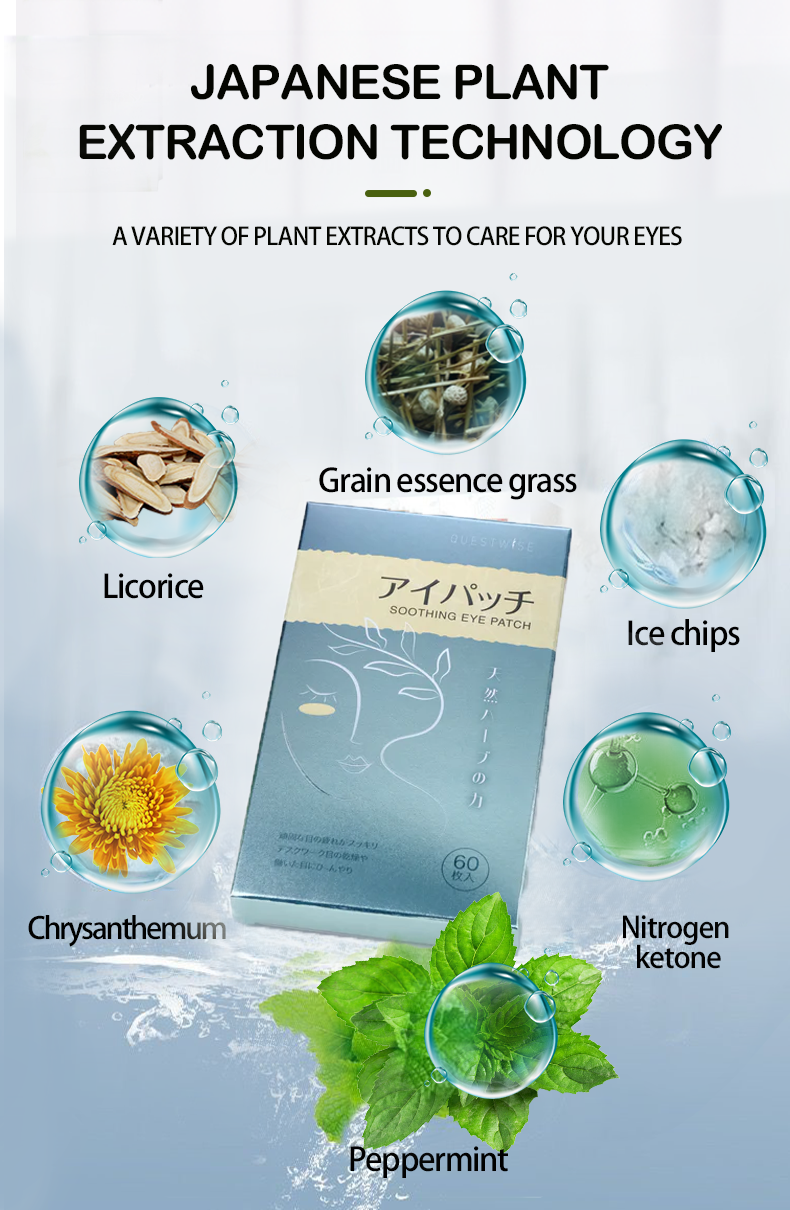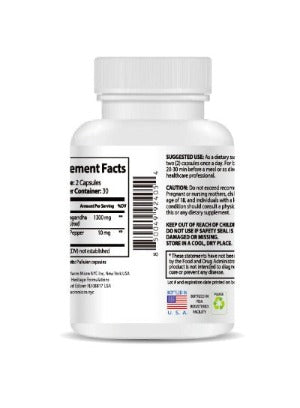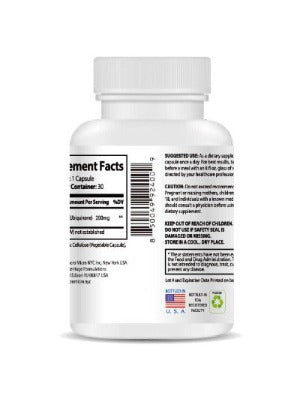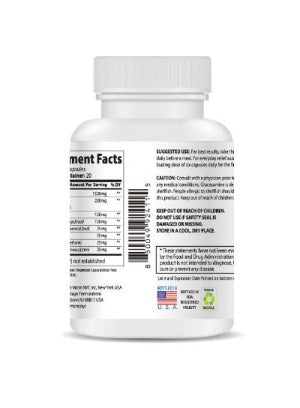Dry Eye Syndrome vs. Allergies: A Comprehensive Guide to Identifying and Treating Itchy, Watery Eyes in 2025
In 2025, the prevalence of digital eye strain and environmental allergens continues to impact eye health significantly. Many individuals experience the discomfort of itchy, watery, or irritated eyes, blurring the lines between dry eye syndrome (DES) and allergic reactions. This comprehensive guide delves into the nuances of each condition, helping you differentiate between them and discover effective relief options. We will explore the underlying causes, distinctive symptoms, the latest research, and effective management strategies for both dry eye syndrome and allergies, focusing on providing you with the knowledge to navigate this common problem.
Understanding the Complexities of Dry Eye Syndrome (DES)
Dry eye syndrome, a prevalent condition affecting millions worldwide, arises when your eyes don't produce enough tears or when the tears produced are of poor quality. This tear deficiency, often characterized by an imbalance in tear composition, leads to inadequate lubrication, resulting in a spectrum of uncomfortable symptoms. Unlike allergies, dry eye syndrome isn't triggered by an immune response to a specific allergen. Instead, it's often linked to a complex interplay of factors, including:
- Aging: As we age, our tear production naturally declines.
- Medications: Certain medications, such as antihistamines and antidepressants, can contribute to decreased tear production.
- Environmental Conditions: Dry climates, wind, and exposure to air conditioning can exacerbate dryness.
- Lifestyle Factors: Prolonged screen time, insufficient hydration, and lack of sleep can strain the eyes and impact tear production.
- Underlying Medical Conditions: Conditions like Sjögren's syndrome, rheumatoid arthritis, and thyroid disorders can affect tear production and quality.
- Blepharitis: Inflammation of the eyelids can disrupt the tear film.
The symptoms of DES can vary widely in intensity and presentation, ranging from mild discomfort to significant impairment of vision. Commonly reported symptoms include:
- Burning or stinging sensation
- Itching
- Gritty or sandy feeling in the eyes
- Excessive tearing (a paradoxical response to dryness)
- Eye fatigue or strain, especially after prolonged screen use
- Blurred vision
- Increased eye sensitivity to light (photophobia)
- Stringy mucus discharge
- Difficulty wearing contact lenses
Chronic dry eye syndrome, if left untreated, can lead to more severe complications, including corneal damage, inflammation, and vision impairment. Early diagnosis and proactive management are crucial for preventing long-term complications.
Decoding the Mechanisms of Allergic Conjunctivitis
Allergic conjunctivitis, commonly known as allergic eye disease, is an inflammatory response of the conjunctiva—the delicate membrane lining the eyelids and the exposed part of the eye—to allergens. This immune-mediated reaction is triggered when the body's immune system overreacts to harmless substances, resulting in a cascade of inflammatory mediators that cause the characteristic symptoms of allergic conjunctivitis. Allergens that commonly trigger allergic eye disease include:
- Pollen: Tree, grass, and weed pollens are common culprits, especially during peak seasons.
- Pet Dander: Proteins found in the saliva, urine, and skin flakes of cats, dogs, and other animals can cause allergic reactions.
- Dust Mites: Microscopic organisms that live in household dust and bedding can trigger allergic reactions.
- Mold Spores: Fungi found both indoors and outdoors can release allergens that affect the eyes.
- Cosmetics and Contact Lens Solutions: Certain preservatives and chemicals in these products can irritate sensitive eyes.
Allergic conjunctivitis symptoms often appear suddenly and manifest as:
- Intense itching, often the most prominent symptom
- Watery or tearing eyes (more excessive than in DES)
- Redness and swelling of the conjunctiva
- Swollen eyelids
- Sensitivity to light (photophobia)
- Mucus discharge (often stringy and white)
Allergic conjunctivitis frequently coexists with other allergic symptoms such as sneezing, runny nose, nasal congestion, and an itchy throat. This combination of symptoms helps distinguish it from dry eye syndrome, which primarily affects the eyes.
A Side-by-Side Comparison: Dry Eye Syndrome vs. Allergies
| Symptom | Dry Eye Syndrome | Allergic Conjunctivitis |
|---|---|---|
| Itching | Mild to moderate, often described as a burning or gritty sensation | Intense, often the primary symptom |
| Watery Eyes | May appear watery in response to dryness; not excessive | Excessive tearing |
| Redness | Mild to moderate redness | Significant redness and swelling |
| Mucus Discharge | May have stringy discharge, often associated with dryness | Usually more significant, stringy, and white |
| Other Symptoms | Eye fatigue, blurred vision, sensitivity to light, gritty feeling | Sneezing, runny nose, nasal congestion, itchy throat |
| Underlying Cause | Tear deficiency or poor tear quality | Allergic reaction to an allergen |
| Onset | Gradual onset, often worsening over time | Sudden onset, often seasonal |
Effective Management Strategies for Dry Eye and Allergies in 2025
The management of dry eye syndrome and allergic conjunctivitis differs based on the underlying causes and mechanisms involved. The latest advances in ophthalmology offer a range of treatment options tailored to individual needs.
Managing Allergic Conjunctivitis:
- Allergen Avoidance: Identifying and minimizing exposure to specific allergens through lifestyle modifications is crucial.
- Over-the-Counter (OTC) Medications: Antihistamine eye drops, such as ketotifen or olopatadine, can provide significant relief from itching and inflammation.
- Prescription Medications: For more severe cases, your ophthalmologist may prescribe stronger antihistamines, mast cell stabilizers, or corticosteroids.
- Immunotherapy: Allergy shots or sublingual immunotherapy may be recommended for long-term management of seasonal allergies.
- Cold Compresses: Applying cold compresses to the eyelids can help reduce swelling and soothe irritation.
Managing Dry Eye Syndrome:
- Artificial Tears: Lubricating eye drops can provide temporary relief from dryness and discomfort.
- Prescription Eye Drops: Restasis (cyclosporine) and Xiidra (lifitegrast) are prescription medications that help stimulate tear production.
- Punctal Plugs: Small plugs inserted into the tear ducts can help retain tears, reducing dryness.
- Warm Compresses: Applying warm compresses to the eyelids can help melt oil glands and improve tear quality.
- Lid Hygiene: Cleaning the eyelids regularly can help prevent blepharitis and improve tear film quality.
- Omega-3 Fatty Acids: Supplements may improve tear film.
- Lifestyle Adjustments: Ensuring adequate hydration, minimizing screen time, taking frequent breaks, and using a humidifier can help alleviate symptoms.
Beyond these conventional methods, innovative approaches to alleviate dry eye symptoms have emerged. For instance, the Wise Quest Soothing Eye Patches - 3-Month Wellness Pack offers a natural and effective solution.

These patches, part of a 3-month wellness pack, are non-toxic and crafted with nature's finest ingredients. They provide soothing relief from chronic dryness and strain, making them an ideal choice for those seeking long-term relief. The Wise Quest Soothing Eye Patches - 3-Month Wellness Pack is a valuable addition to any dry eye management routine. They are designed for comfortable, overnight use, allowing the natural ingredients to work their magic while you sleep.
When to Seek Professional Help
Persistent or worsening eye discomfort, particularly if accompanied by vision changes, requires prompt consultation with an eye care professional. They can perform a comprehensive eye exam, accurately diagnose the underlying cause of your symptoms, and recommend appropriate treatment strategies. Early intervention is key in preventing more severe complications, particularly with dry eye syndrome.
Conclusion: Prioritizing Your Eye Health in 2025
Differentiating between dry eye syndrome and allergic conjunctivitis is crucial for effective management. Understanding the unique symptoms, underlying mechanisms, and treatment options allows you to take proactive steps toward alleviating discomfort and preserving optimal eye health. By recognizing the distinct characteristics of each condition and seeking appropriate care, you can significantly improve your eye health and quality of life in 2025 and beyond. Remember, proactive management, regular eye check-ups, and appropriate treatment choices can help you maintain clear, comfortable, and healthy vision throughout the year.



